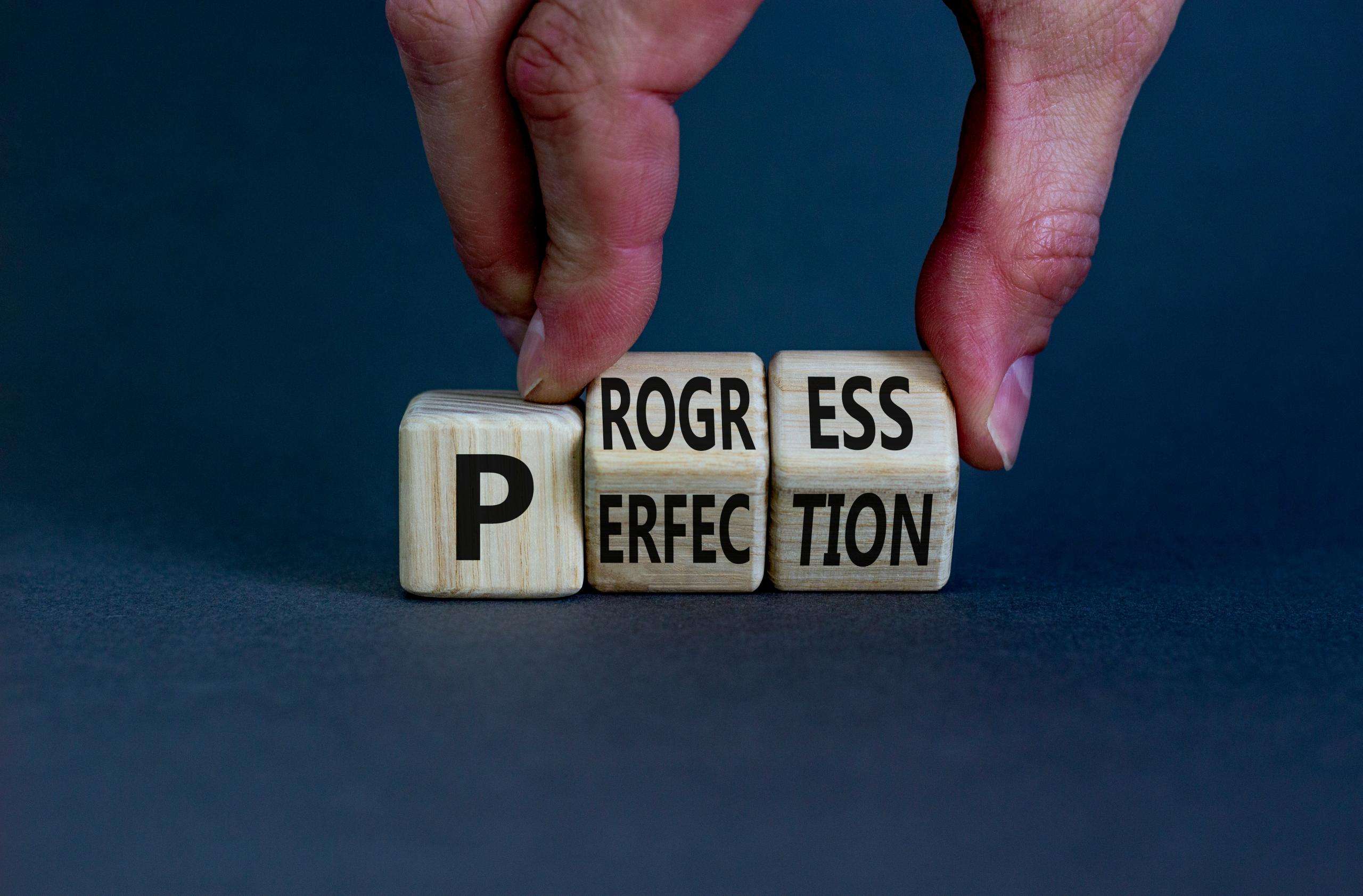Last week, Lorrie talked about braving trust, and a willingness to be vulnerable. She mentioned the theme from Brené Brown of taking off our armor and daring to lead.
Recently, Horizon Point has seen more and more client leaders struggling to take off their armor. We think it’s tied to the desire to be perfect, or at least to be seen as not a failure. Mary Ila’s research in grad school was actually on leader emergence versus leader effectiveness, and she found that emerging as a leader within a group is distinct and separate from being effective once you’re there. Let’s consider a female leader who makes it to the C-suite because of her natural traits (leader emergence) and is now finding herself ineffective. Or consider the student who was elected as SGA president, but once they got the job, they floundered. When people find themselves in leadership roles where they feel ineffective, it’s almost like…because they aren’t perfect, they just freeze up. But what does it even mean to be perfect?
If you’ve seen the show The Good Place, Brooklyn Nine-Nine, or The Office, you may be familiar with Michael Schur. Schur created The Good Place, a show about how to be good (in order to get to heaven) and when he was doing research he dove deep into ethics and morality. The result was a book called How to Be Perfect. It is poignant and hysterical. The short summary: Perfect is made up. Everyone decides for themselves what is good versus bad or ideal versus not ideal – think back to Mary Ila’s blog two weeks ago about values. We all adopt and refine our personal values overtime which shape what we believe about being good or being perfect, and when we feel like we’re not achieving that, we start to become an unhealthy version of ourselves.
It’s as if in order to fit in, to climb the ladder, to “have a seat at the table“, we learn these behaviors of protecting ourselves, always on the defensive, expecting to be attacked around every corner. A few months ago, I had the pleasure of speaking to the Women in Business students at Mississippi State University, and I focused on this topic. We had a great discussion about the balance of vulnerability and self protection. Specifically, we walked through Brené Brown’s model of Armored versus Daring leadership.
Armored leadership looks like…being a knower and being right.
Daring leadership looks like…being a learner and getting it right.
Source: Urban Wild Studios
We are helping clients recognize when they are demonstrating Armored leadership, and we are helping them develop the skill (because it is truly a skill that takes practice) of taking off their armor, and stepping into Daring leadership.
I’ve also been the emergent leader who then found herself ineffective, but I’ve had incredible mentors who have helped me practice taking off the armor and living in my values. As Mike Schur says, “If we really work at finding the means of our virtues – learning their ins and outs, their vicissitudes and pitfalls, their pros and cons – we become flexible, inquisitive, adaptable, and better people.” In layman’s terms, know your values and practice them.
What armor are you wearing that you could take off? What if you start with one piece? It doesn’t have to be all or nothing. If you need help getting started, we have a couple of worksheets that are modified from Brené Brown’s Dare to Lead. In the end, we just need to make a choice to live in our values, rumble with vulnerability, and step into Daring Leadership.


